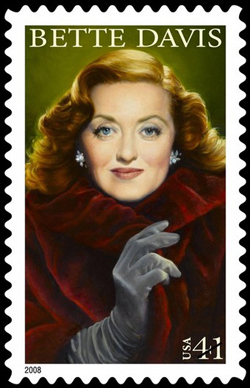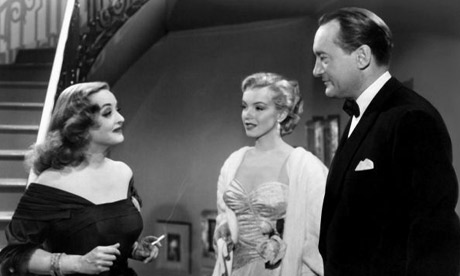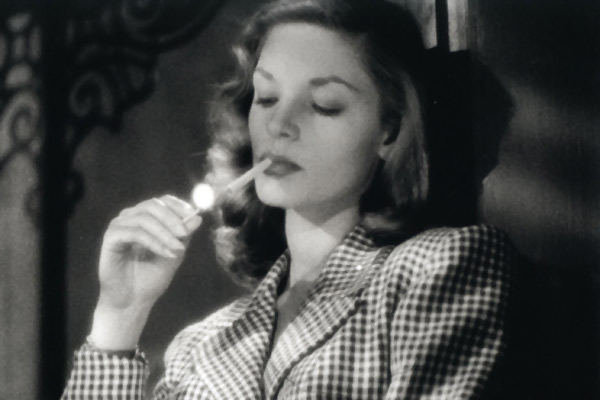Smoking in Movies
Posted on October 14, 2008 at 11:13 pm

Roger Ebert hates smoking — except in movies. And he really objects to the kind of revisionism that has produced one of Bette Davis’ iconic images from “All About Eve” for a new postage stamp but left out her ever-present cigarette.
Ebert’s parents died from smoking-related diseases. He does not permit smoking in his home. But he cannot resist the romanticism of cigarette smoking in movies, especially classic movies.
Two of the most wonderful props in film noir were cigarettes and hats. They added interest to a close up or a two-shot. “Casablanca” without cigarettes would seem to be standing around looking for something to do. These days men don’t smoke and don’t wear hats. When they lower their heads, their eyes aren’t shaded. Cinematographers have lost invaluable compositional tools. The coil of smoke rising around the face of a beautiful women added allure and mystery. Remember Marlene Dietrich. She was smoking when she said, “It took more than one man to change my name to Shanghai Lily.”
Everybody smoked cigarettes in the movies. Even Katharine Hepburn. Even Loretta Young. Ronald Reagan posed for Chesterfield ads. On the radio, it wasn’t “The Jack Benny Program,” it was “The Lucky Strike Program with Jack Benny,” although in that PBS documentary you only see him smoking cigars. Robert Mitchum smoked so much, he told me, that when the camera was rolling on “Out of the Past,” Kirk Douglas offered him a pack and asked, “Cigarette?” And Mitchum, realizing he’d carried a cigarette into the scene, held up his fingers and replied, “Smoking.” His improvisation saved the take. They kept it in the movie.
My favorite smoking scene is Lauren Bacall’s first on-screen moment in “To Have and Have Not” — she was an instant star with her first line: “Anybody got a match?”

Ebert acknowledges that in today’s world it almost seems absurd to have a character smoking anywhere but standing outside a building on a brief break. Even James Bond no longer smokes. And we no longer need the lighting of a cigarette and the softly rising smoke to demonstrate gallantry and symbolize romance and seduction. in this era of overshares and TMI, perhaps it isn’t the cigarettes we miss so much as the metaphors.

Add racism to smoking to the list of things that were prevalent in the movices and are hardly missed. I agree that the visual metaphors of smoking were powerful and added another layer of communication. But I hope we can find better ways to communicate that same sort of thing. Smoking is nasty and as viually stimulating as it may be, getting physically close to a smoker is gross for a non-smoker. But it should not be “photo-shopped” from our memories. As was racism, smoking was a part of our national self-image for a time, and so it should not be set aside because it is not acceptable now. Otherwise, we may retreat back into that habit or worse if we forget what it was.